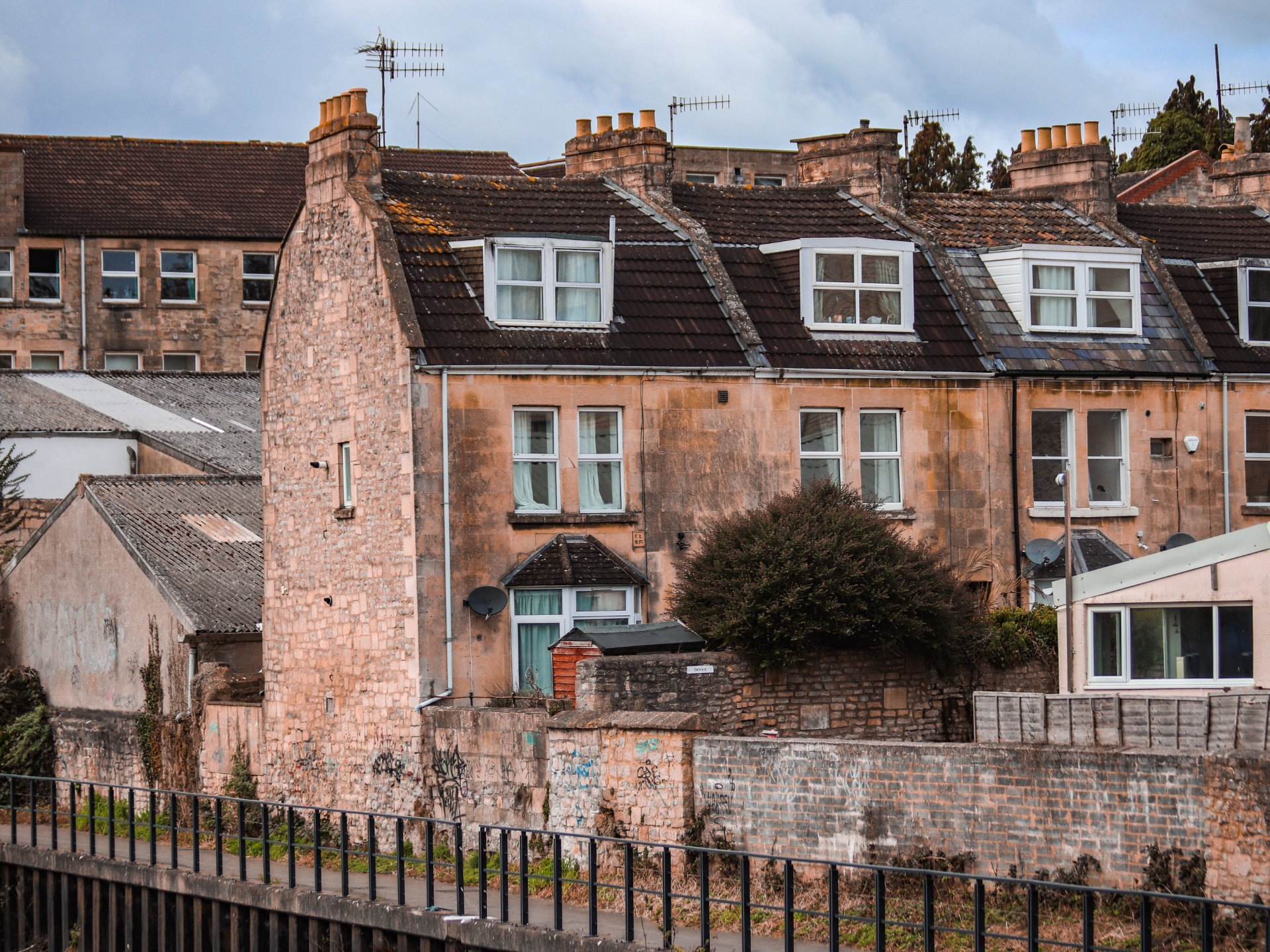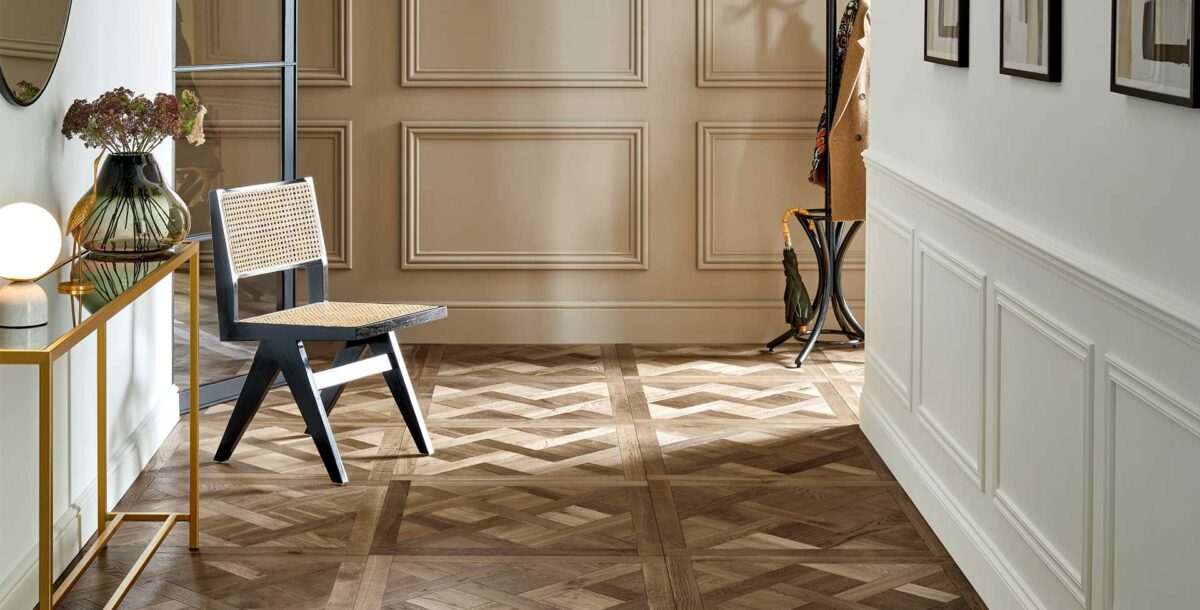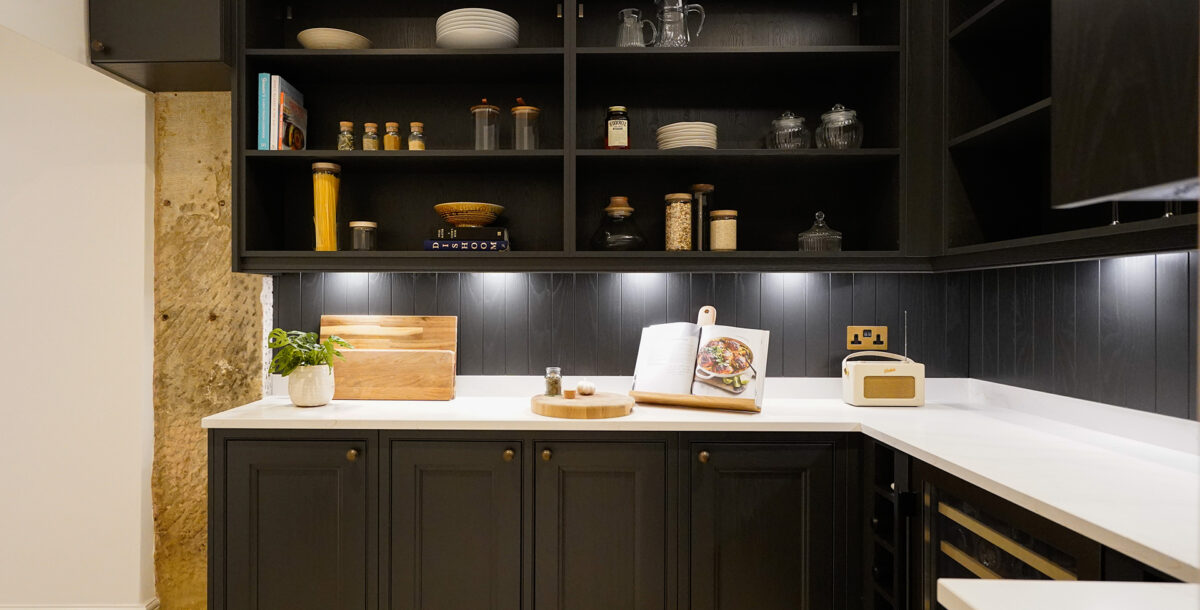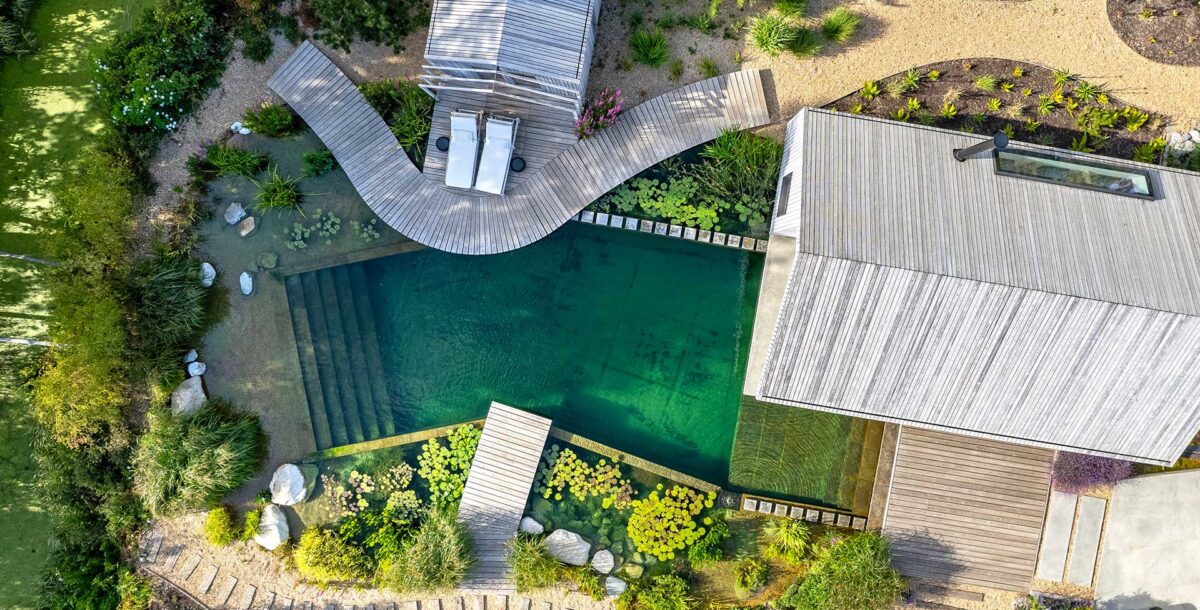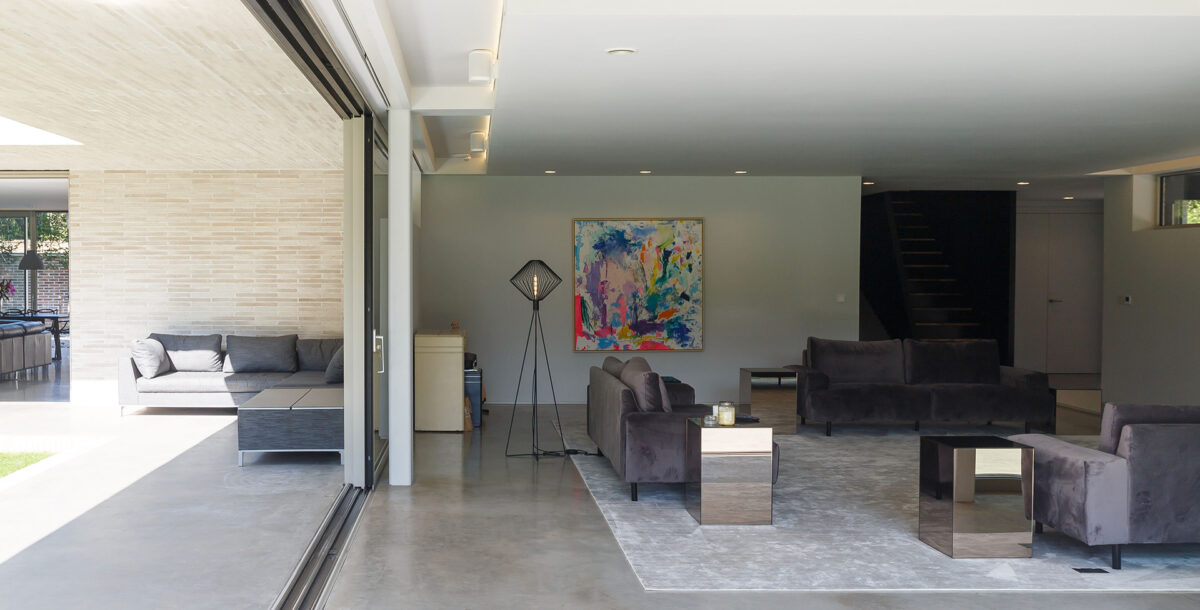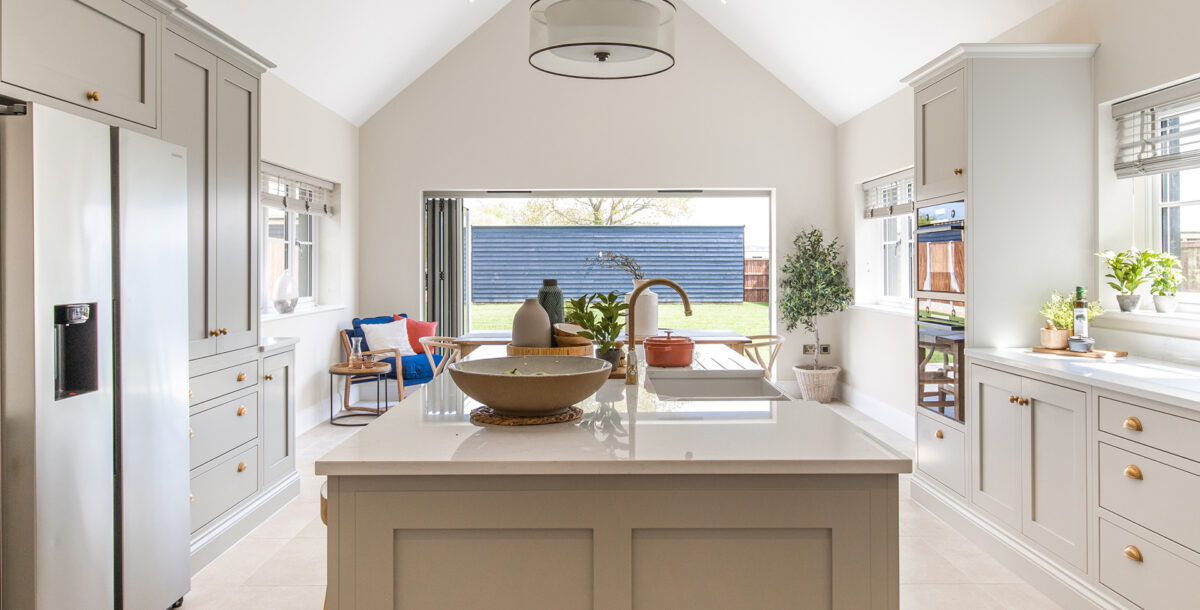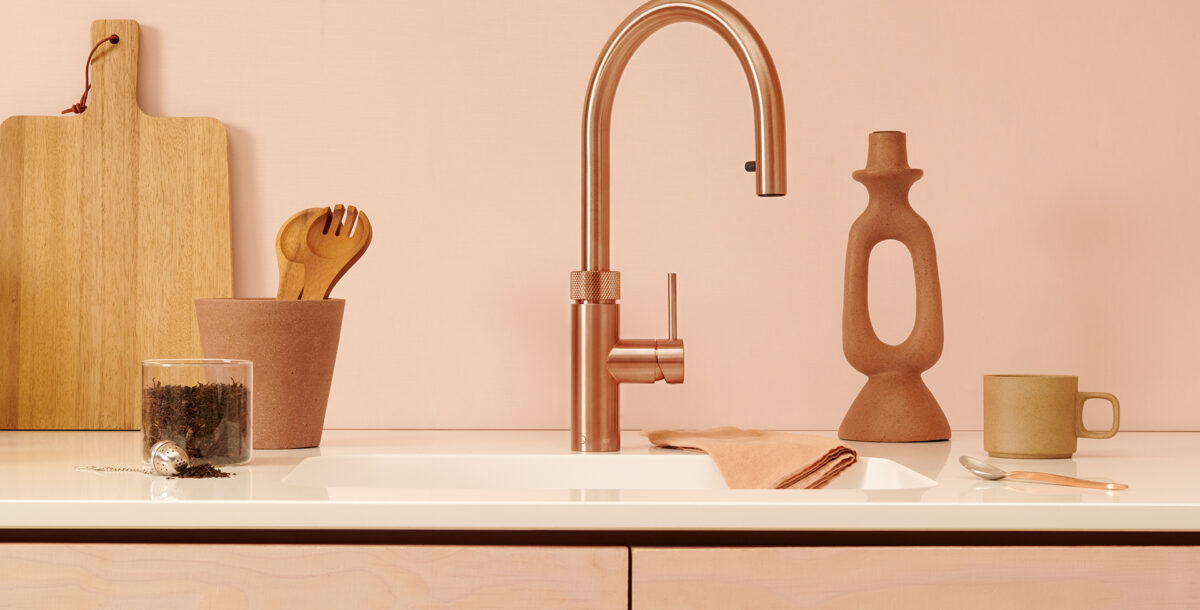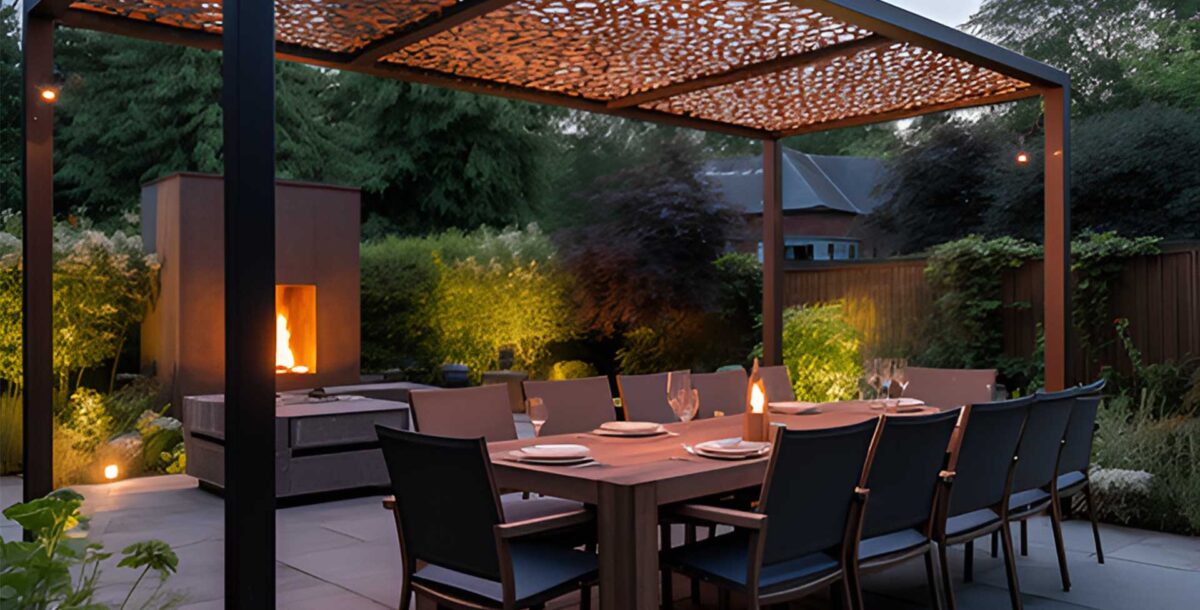How to add value to a Victorian house
We check out the best ways to add value to a Victorian property
Despite our love of a Grand Design, when it comes down to it, many Brits still prefer to live in a period property; buying with their hearts and choosing ‘character’ over practicality. But what are the best ways to enhance the value of these older homes? Let’s investigate.
Victorian homes
Queen Victoria reigned from 1837 to 1901, so the ‘newest’ Victorian houses are well over 100 years old and the oldest nearly 200. There were various housing booms during the period, and different styles came in and out of fashion. The earliest Victorian homes were quite plain, with a classical influence, like their Georgian predecessors. Then came vogues for Italianate homes, Gothic Revival styles, Jacobethan, Queen Anne Revival and Arts and Crafts. The more upmarket properties were detached villas; many more were terraced or semi-detached. Still today, one in six British homes is a Victorian semi or terraced house.
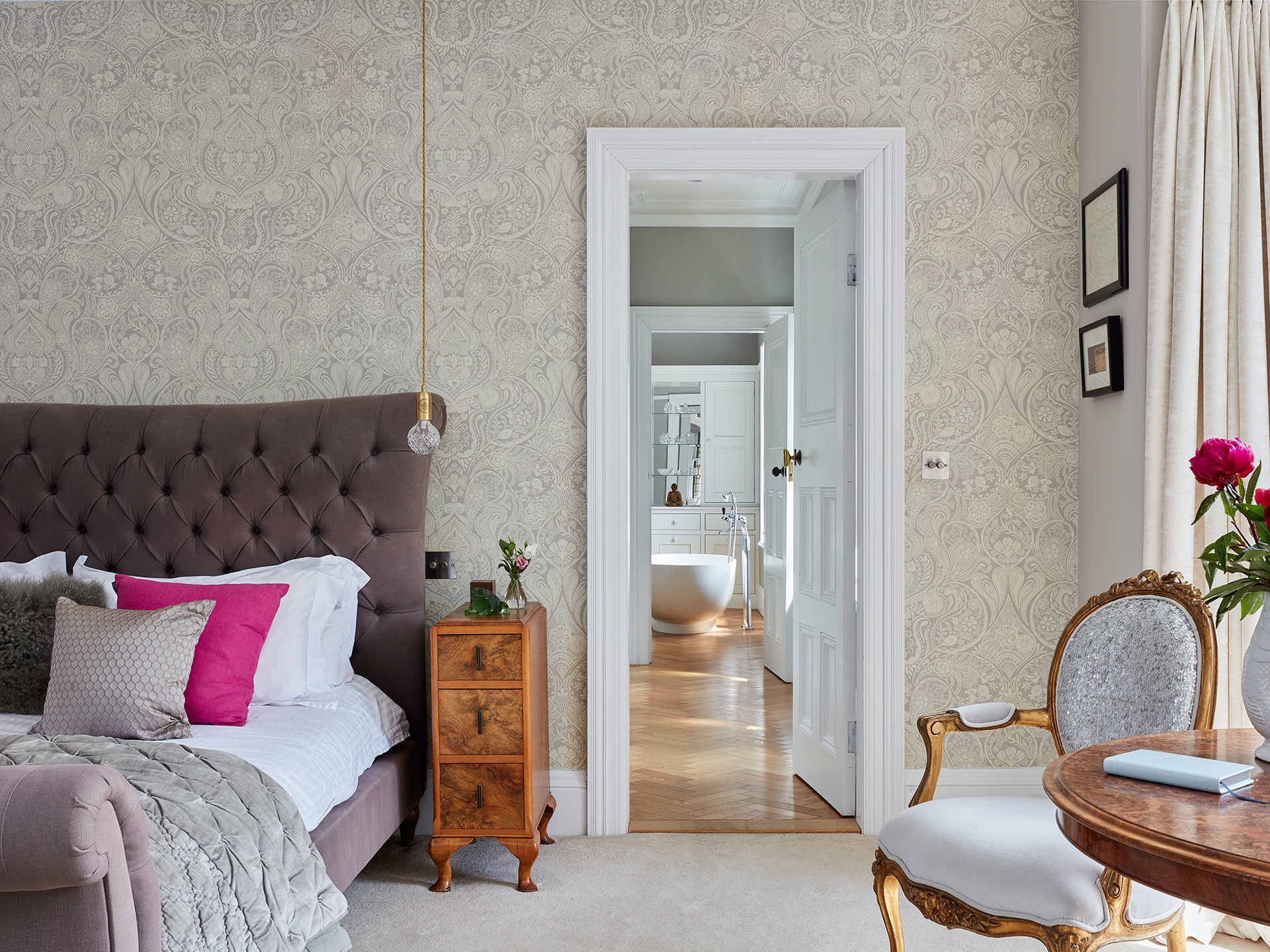
Image credit: AMC Design
1 Repair the fabric
The single most important thing to do is take care of the fabric of your home. Old buildings need plenty of TLC. Common problems in properties of this age include penetrating damp (where rain or water from an overflowing gutter, say, soaks into the brickwork and doesn’t get a chance to dry out) and movement of bay windows (which occurs because the bays were built with separate foundations). Potentially serious structural issues like these should be sorted out as a priority.
Similarly, if your roof needs fixing or replacing, that must also be a priority. Victorian properties sometimes develop structural issues if their slate roofs are replaced with heavier concrete tiles. So go for slate. You might not have much choice in a conservation area in any case.
Fixing fabric issues like these has to be your priority, not because it will significantly increase the value of your property, but because, left unrepaired, they could lead to problems that would seriously decrease its value.
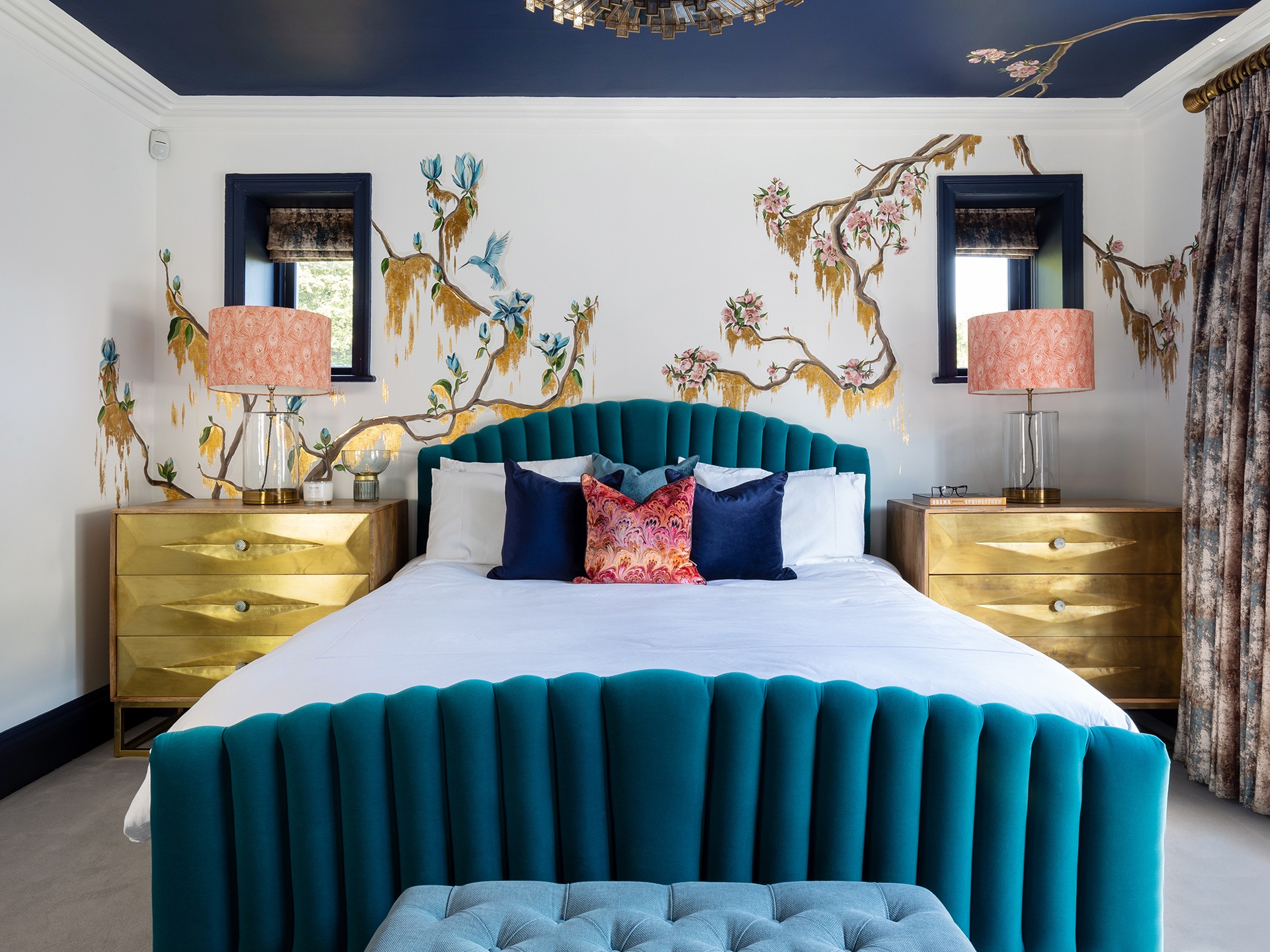
Image credit: AMC Design
2 Fix the windows
Victorian properties typically have sash windows, and these often get a bit loose and draughty over the years. There are plenty of companies that will make replacements or repair your existing ones. You can get the original single-glazed sashes replaced with double-glazed sash windows, though in a conservation area you might need to get planning permission to do this. (In fact, if you live in a conservation area, you will need to get planning permission to do pretty much anything that will affect the appearance or structure of your home.)
Improvements in glass technology mean double-glazing is now thinner and more insulating than ever. So getting your single-glazed sashes reglazed with modern doubled-glazed glass is a good investment if you intend to stay in the house for a while, as it will make the house warmer, cut your heating bills and improve your energy performance certificate (EPC) rating.
If the windows are rotten and need replacing, the best choice would be to go for timber-framed double-glazed windows in the same sash style. However, these will cost between £1000 and £2500 per window, depending on the size and complexity of the frame. UPVC or composite windows would be cheaper, but many people don’t like these. So, if you’re looking to sell the property soon, it is probably better to leave the windows as they are rather than putting in UPVC replacements.
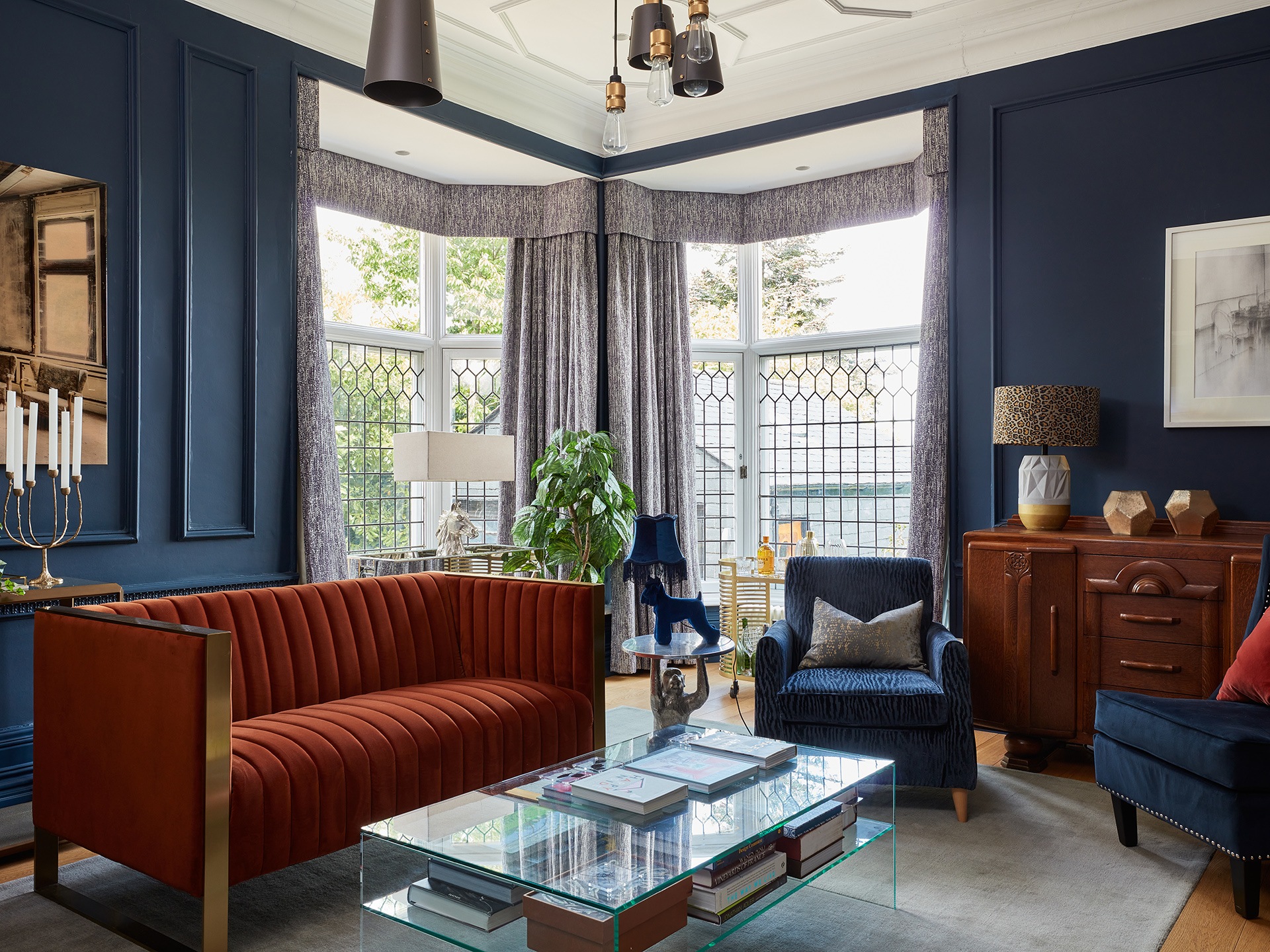
Image credit: AMC Design
3 Consider broken plan
Victorian homes have seen a lot of property fashions come and go. There were casualties along the way: many lost their decorative plasterwork in the 1960s or 1970s; some poor lost souls ended up covered in stone cladding; and there’s a house near me that has never recovered from a particularly adventurous 1960s Spanish-style makeover.
Right now, many thousands of Victorian homes are having rear extensions with bifold doors added, and rooms knocked through to facilitate open-plan living. And, yes, of course, people love making these fashionable changes. But, it’s important to remember that fashions change, and as a wise – and well-off – builder friend of mine remarked: “Right now, they’re paying me to knock walls down. In due course, they’ll be paying me to put them back in again. It all goes round and round, and it keeps me working.”

Image credit: AMC Design
A possible compromise that is becoming increasingly popular is broken-plan, whereby you keep something like the original floor plan – with several small ‘rooms’ rather than one large open-plan living space on the ground floor – but use less solid features, such as room dividers, shelves or Crittall-style glass doors to divide the space. This is a best-of-both-worlds solution that lets family members do their own thing in separate spaces and allows for some privacy, but also lets light into the centre of the home, which can be dark in Victorian properties.
4 Respect historic features
The reason people choose period properties is their period features. Jason Corbett, of Rowallan Buying Agents in Surrey, puts it like this: ‘To ensure improvements pay off, period properties need to reflect the time of their original build in certain ways. Victorian homes have a timeless elegance which is why they have retained such a highly-desired status among buyers, and because of this, people like to see certain features emphasised that seem typical of the era in which they were built. Specifically, this includes fireplaces. To improve efficiency, it’s a good idea to add a solid fuel burner, but the overall Victorian style of the surround should be kept in place, including the small tiles either side, which can be updated to suit individual tastes.
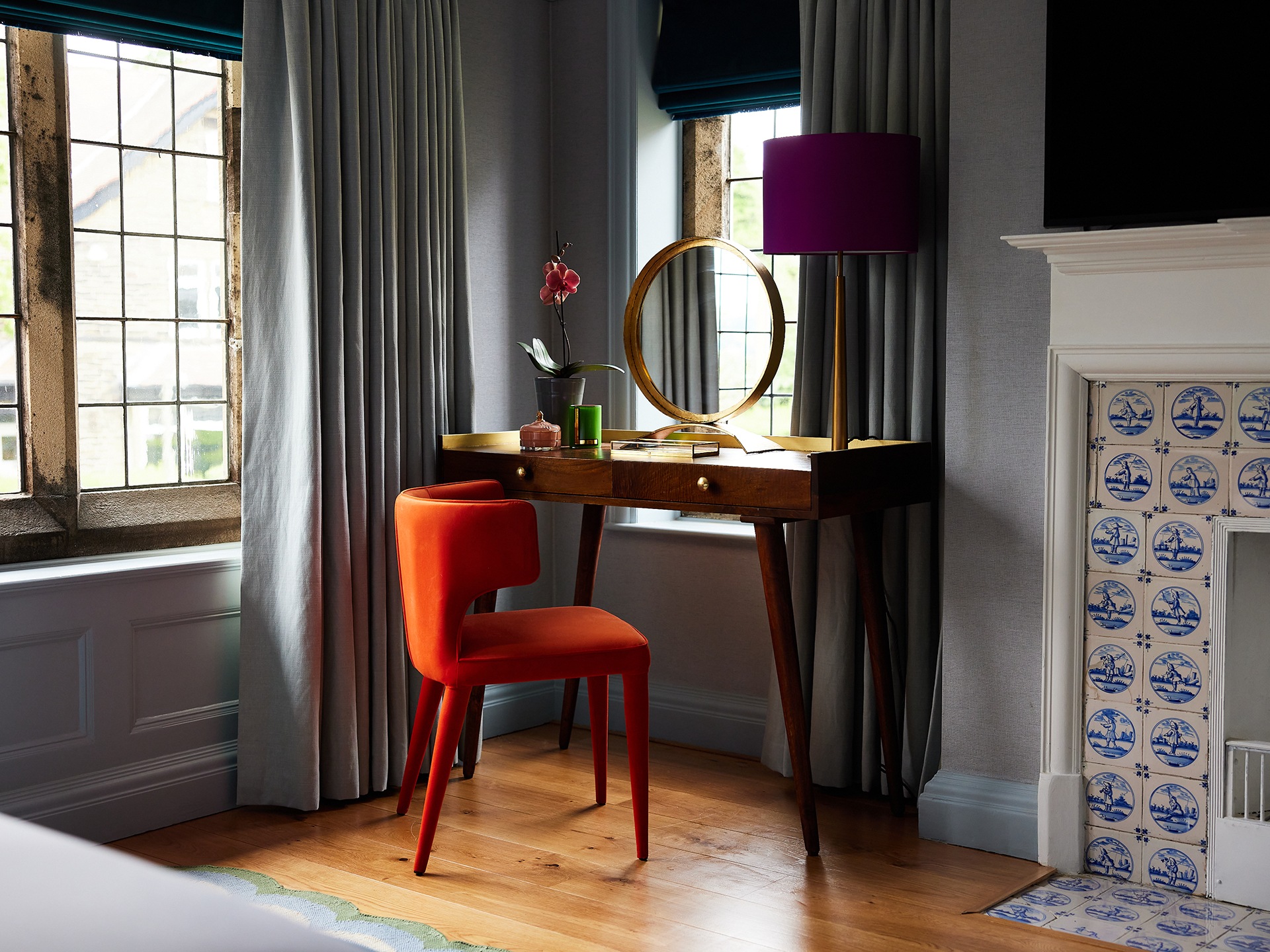
Image credit: AMC Design
“Cornicing and picture rails are also pleasing to buyers, and the latter look impressive for hanging large artworks. The staircase is also a major element of a house and adds a degree of gravitas, so most people buying a period property will expect it to reflect a Victorian style. It’ll be seen by every visitor, so it needs to be in good condition with all the spindles in place and a smooth handrail.”
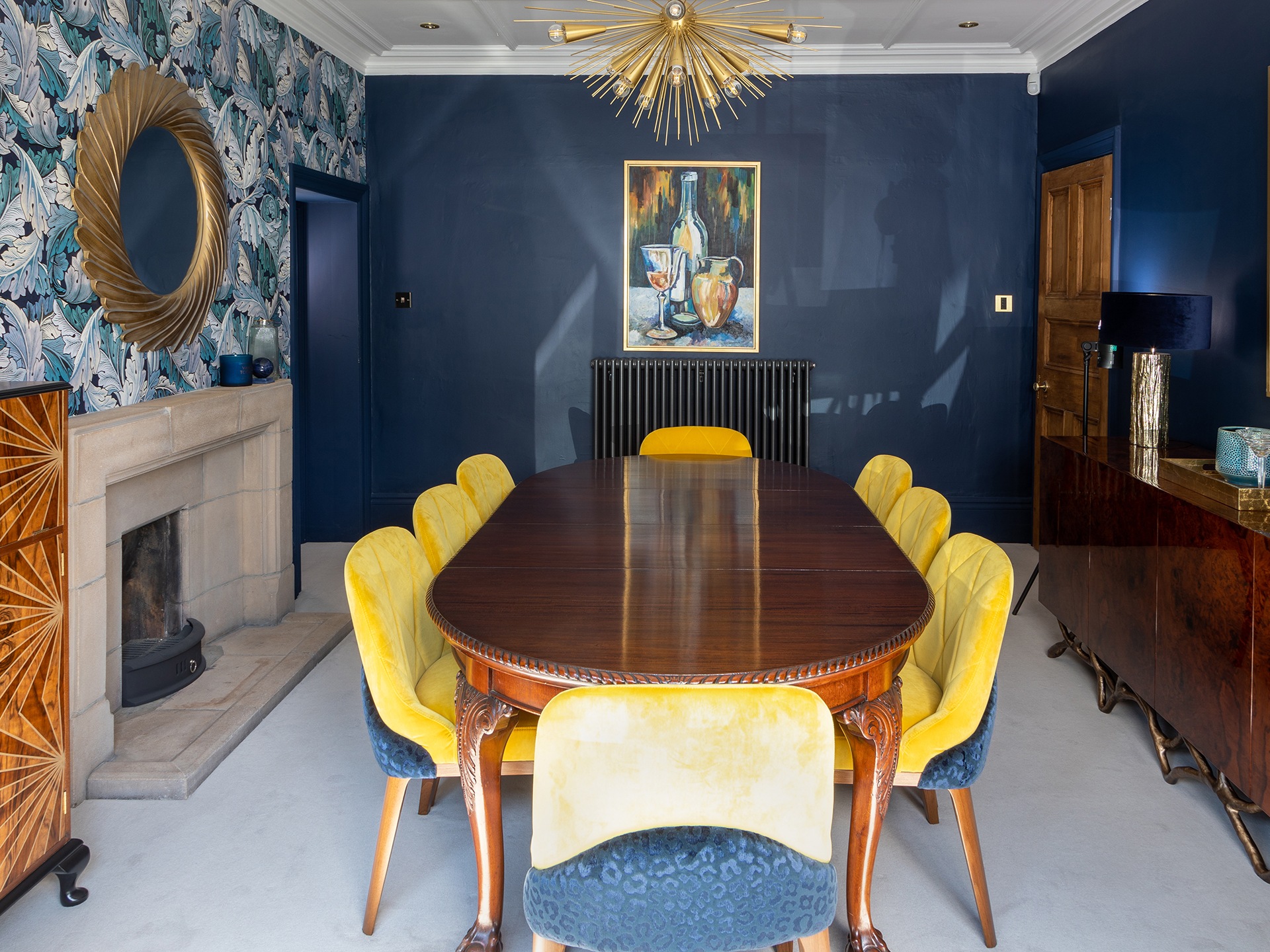
Image credit: AMC Design
Jason Corbett says: “You don’t want the property to appear too modern, or to wipe away every trace of the Victorian period by adding in clean, straight lines where they won’t suit, such as in the hallway. People fall in love with period homes because they see them as characterful and bursting with history. They like their slightly wonky walls, sash windows and ornate fireplaces, which have all stood the test of time. While these can be modernised, they need to remain in some form if the value of the house is to be maintained.”
It’s worth remembering that although ceiling roses, picture rails, fire surrounds and stained glass may not be to your taste, as Jason points out, many people do love those details, and, as sure as fashion is fickle, they will come back into style. So, think not just twice but 102 times before you get rid of any of them. (In a listed building you won’t be able to change the appearance of your home significantly anyway.) Again, this is not so much a value-booster as a value-loss-preventer.
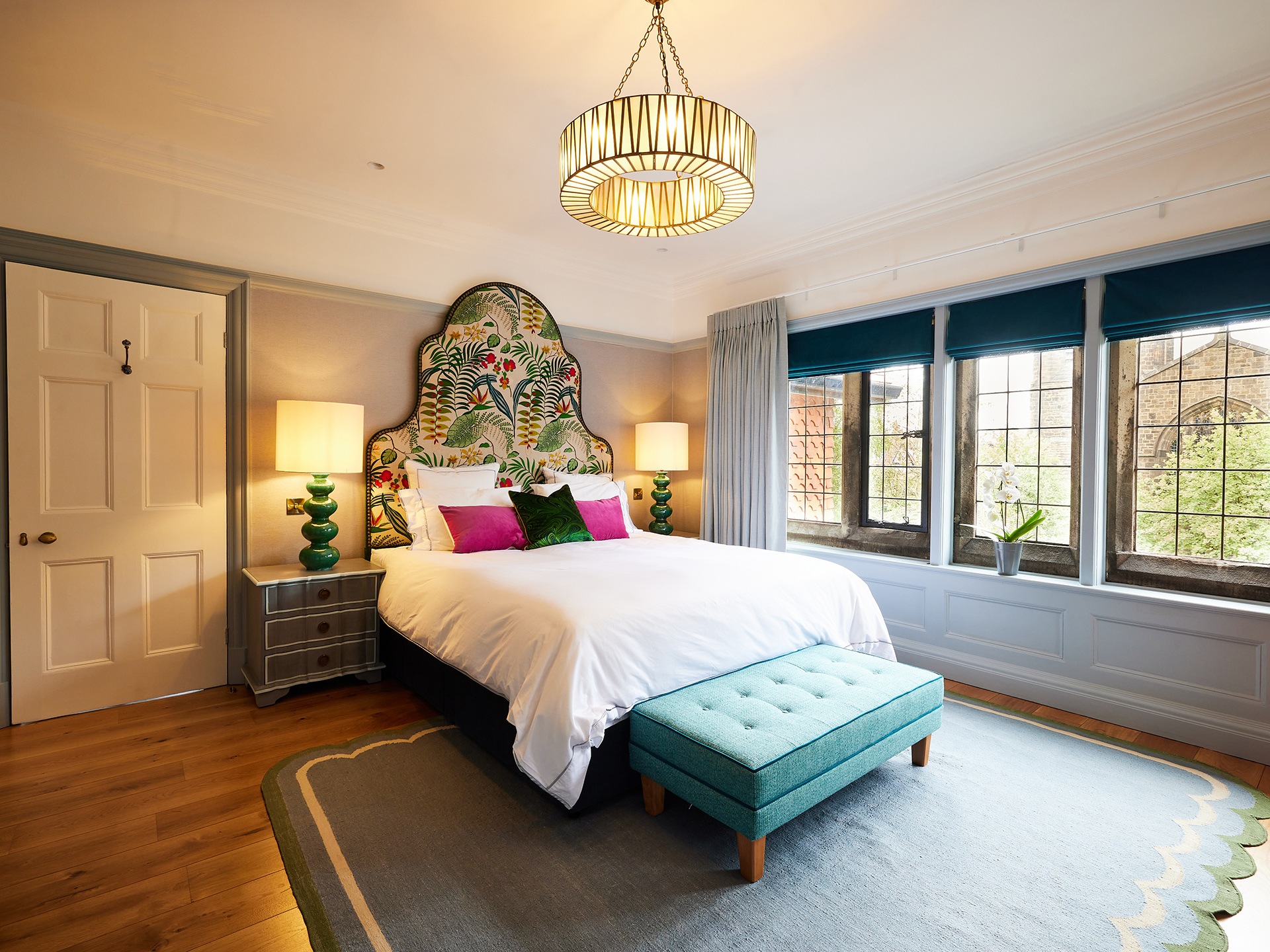
Image credit: AMC Design
5 Restore historic features
In fact, think about going further and restoring features. This could involve anything from stripping back layers of paint on decorative plasterwork and getting missing sections replaced to putting back fireplaces in rooms where they have been removed (even if you don’t intend to use them). Get stuck in at your local architectural salvage yard. There’s a long list of salvage and reclaim businesses online at Salvoweb to get you started. Look out for businesses that follow the Salvo code, a code of good practice for the industry.
6 Make the best use of the space you’ve got
Ann Marie Cousins of AMC Design in Yorkshire, some of whose beautiful period-home designs accompany this piece, says, “Before you think about extending the footprint, I always advise making the most of all the space you have. For example, look at the basement: if you’ve got a cellar that’s 2m deep could you dig down another 45cm and get a great new room?” Of course, turning a cellar into liveable space involves lots of work, including waterproofing, underpinning, and so on. So the cost will be between £1,500 and £6,000 per square meter, but it’s a great option if space is at a premium.
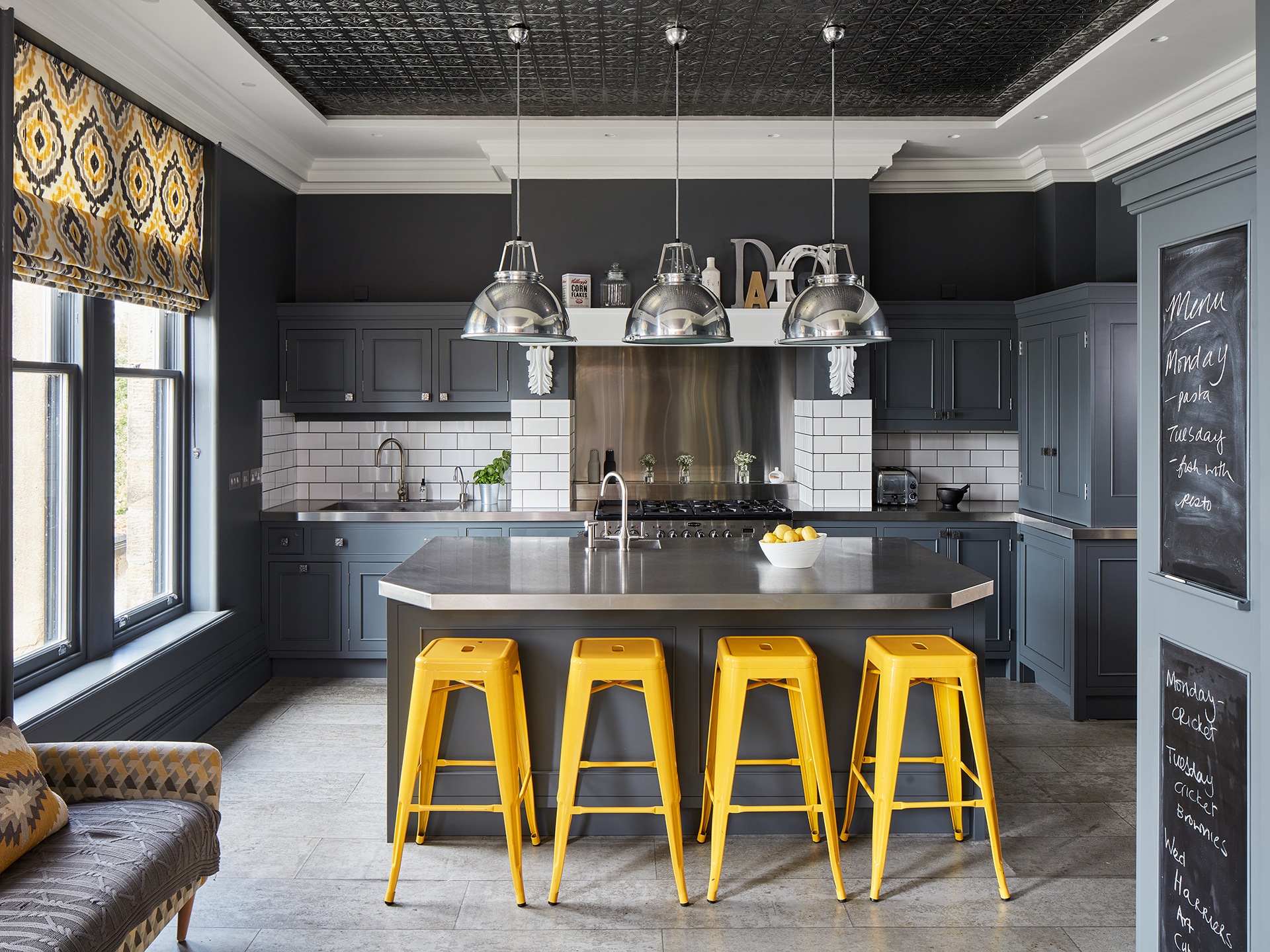
Image credit: AMC Design
Ann Marie continues: “Next, look at the nooks and crannies in your house, which are part of the charm of a Victorian house. You’re likely to have chimney breasts in the reception rooms and main bedrooms, and you can add built-in carpentry to get the maximum space out of every corner. You get about 20 per cent more space in built-in cupboards than freestanding.
“Bespoke cabinetry is the way to go. At one end of the spectrum you can hack Ikea furniture, at the other you can get oak-lined bespoke cabinetry. But all of them make the best use of the space.”
One way to achieve built-in cabinets at a fraction of the cost of bespoke carpentry is through a company like DIY Alcove Cabinets who supply flat-pack built-in kits according to your measurements for you to install yourself (see picture below).
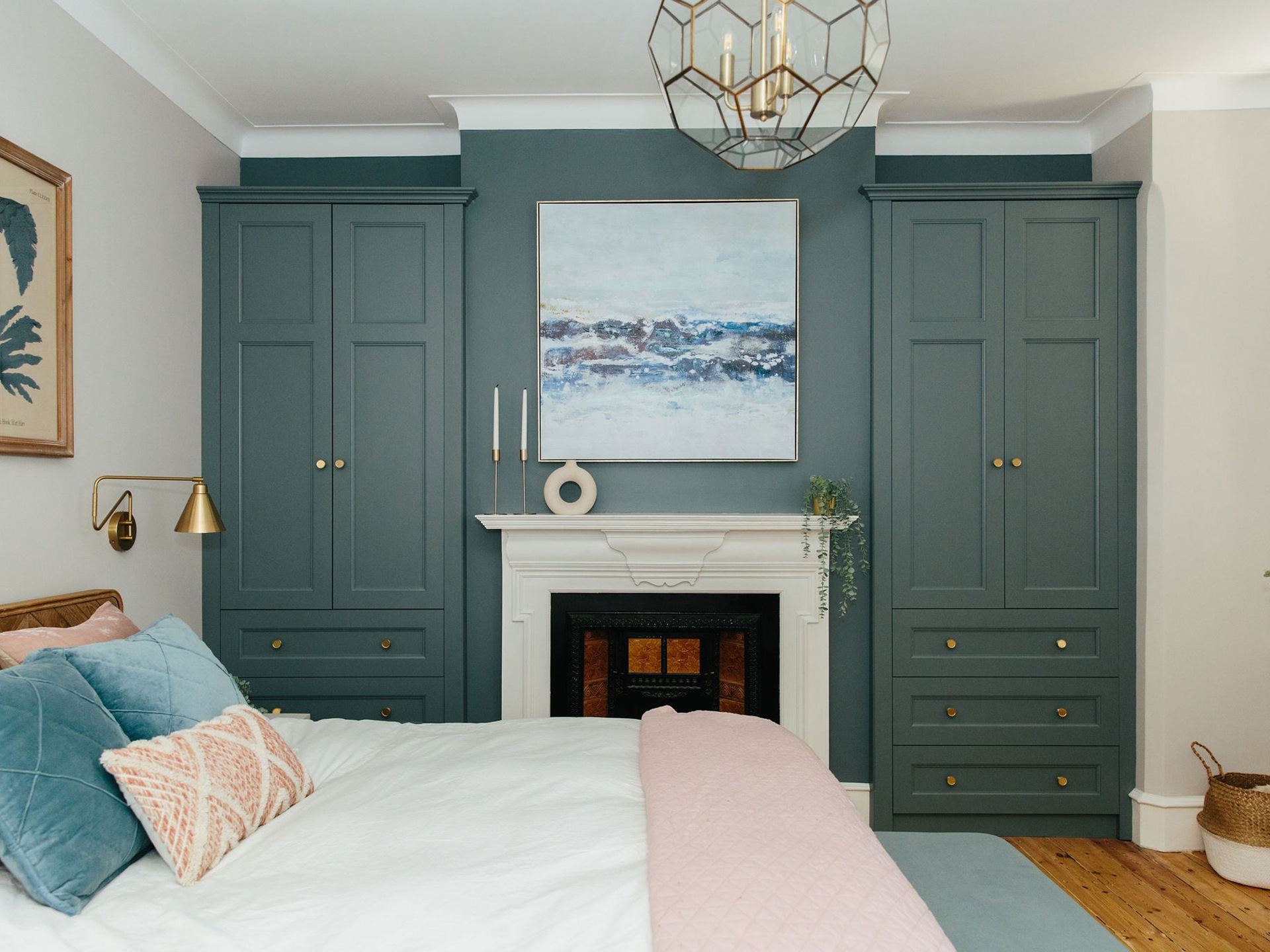
Image credit: DIY Alcove Cabinets
7 Go up or out, but do the sums first
After that, the choices are extending a Victorian house: loft conversion, side extension or rear extension. All have pros and cons. If you’re planning on staying for a while and have the money to invest, just do whatever suits the needs of your family.
If you know you will move relatively soon, here are some things to consider:
- Will you need to move out and rent elsewhere for a while if you have an extension done? If so, this will of course add to the cost
- If you add a bedroom in the loft, will the downstairs communal areas of the house be big enough for all the people the bedrooms can accommodate?
- If you’re going with an extension, will the garden that’s left be big enough for the size of your house?
- If you’re going to the bother of extending, might it be worth going for a two-storey extension?
The financial calculations will be different in every situation. Use Zoopla to check out the values of extended properties in your road. The person best placed to tell you the likely added value offered by different extension options is a local estate agent. Get them to value your house as is, and to suggest valuations after various possible works. Cross-reference with quotes for the works required and do the sums.
Style-wise, current good taste dictates extensions should look modern rather than try to match the style of the existing Victorian building.
8 If you’re in for the long haul, suit yourself
Ann Marie says, “If you’re going to be in the house for 10, 15 years, fashions will change in that time and buyers will want to change things anyway, so just think about what works for your family and make the house exactly how you want it.”
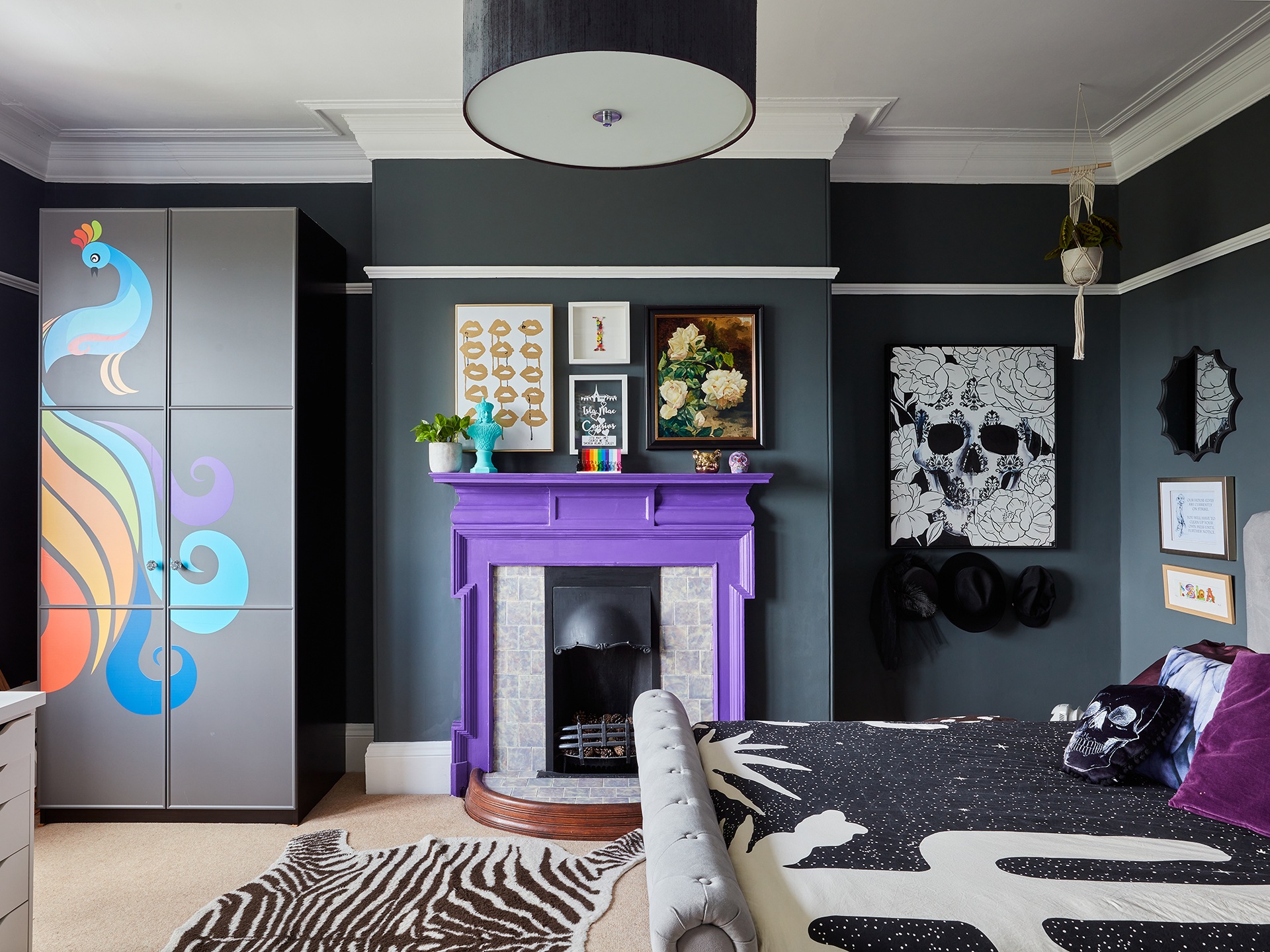
Image credit: AMC Design
9 If you want to sell, think: curb appeal
On the other hand, if you know you want to sell soon, focus on making changes that will appeal to potential buyers. Johnathan Veers, of The Buy to Let Platform, says, “Investing in the external [look] of a Victorian home can significantly improve its desirability and value. Repainting the façade, repairing or replacing the front door, installing new windows, or adding decorative elements like cornices, brackets, or railings can instantly transform the home’s exterior.”
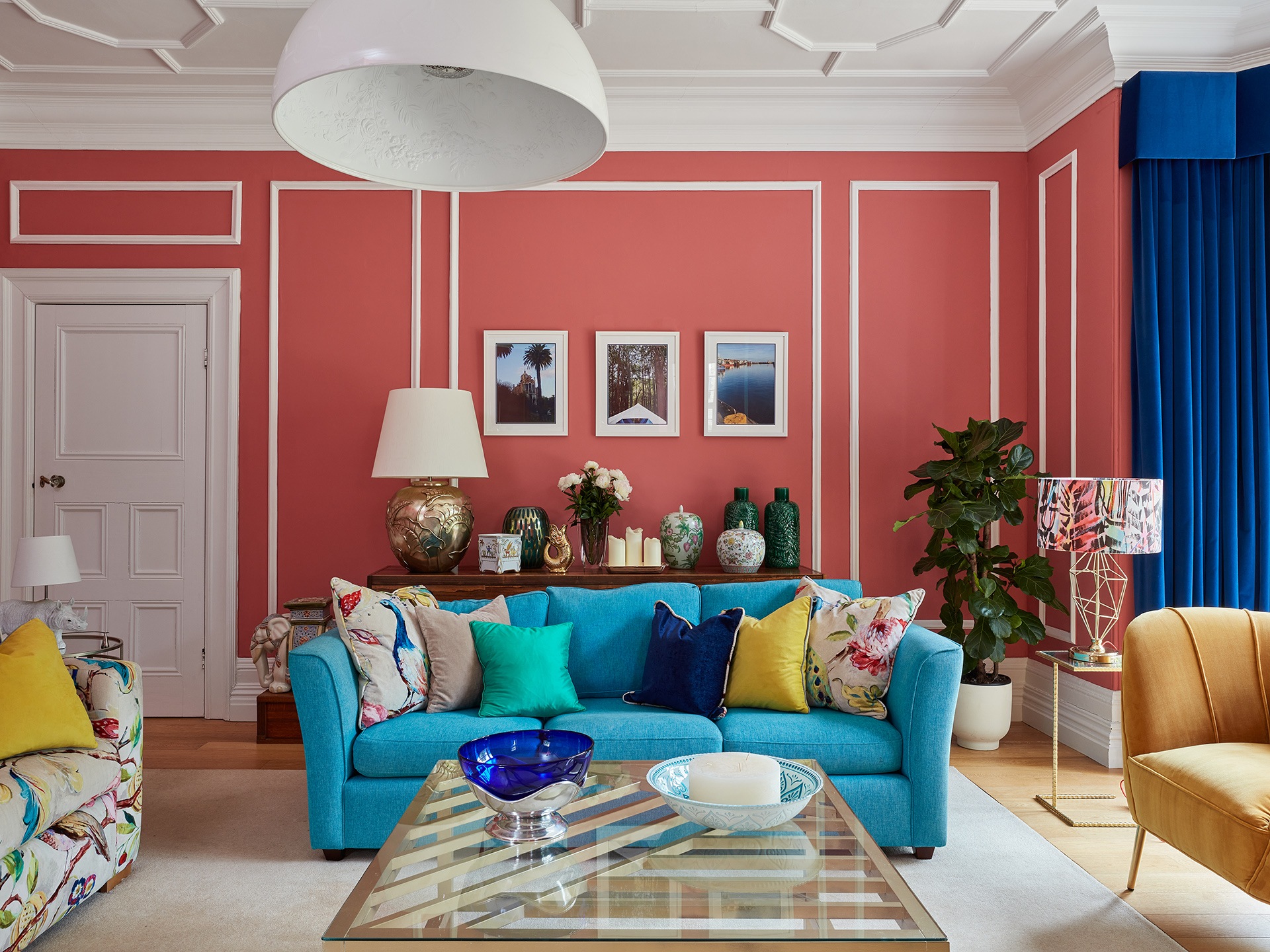
Image credit: AMC Design
Jason Corbett agrees on the importance of curb appeal, “Firstly, the front door matters. No one wants to see a 1960s door on a Victorian house, at odds with the rest of the exterior. It’s much more attractive to see a three-panel door with small stained-glass windows. Victorian brickwork often has a rich colour that can take deeper colours for a front door, such as navy or red, and both can look very striking. Buyers make a decision about a house within 15-20 seconds of visiting, so first impressions really do count and the front door is one of the first things they see.”
10 What about energy efficiency?
When it comes to Victorian homes, there’s a tension between the things we love them for, and current property priorities. Victorian homes don’t do insulation and airtightness particularly well. You can superinsulate a Victorian property if you have very deep pockets, huge determination and don’t mind changing the appearance of the place. But that’s just not the case for most homeowners.
For most people adding insulation in the loft, some draught-proofing, getting double glazing – and sucking up the heating bills – is probably as far as they will go. This doesn’t sit well with current sustainability imperatives, but probably explains why, according to the Office for National Statistics, just 12% of homes built before 1900 have a high rated EPC.
You could think about adding solar panels if you are planning on staying a while. The outlay for solar panels is £6,000 upwards, and it can take about 15-20 years to get your money back; less time if you are around during the day to use the power being generated, and less time if you have a south-facing roof, which will generate max power. Solar-power manufacturers and installers believe they will add value to a property. Other property experts are less sure: solar panels are still not to everyone’s taste.

